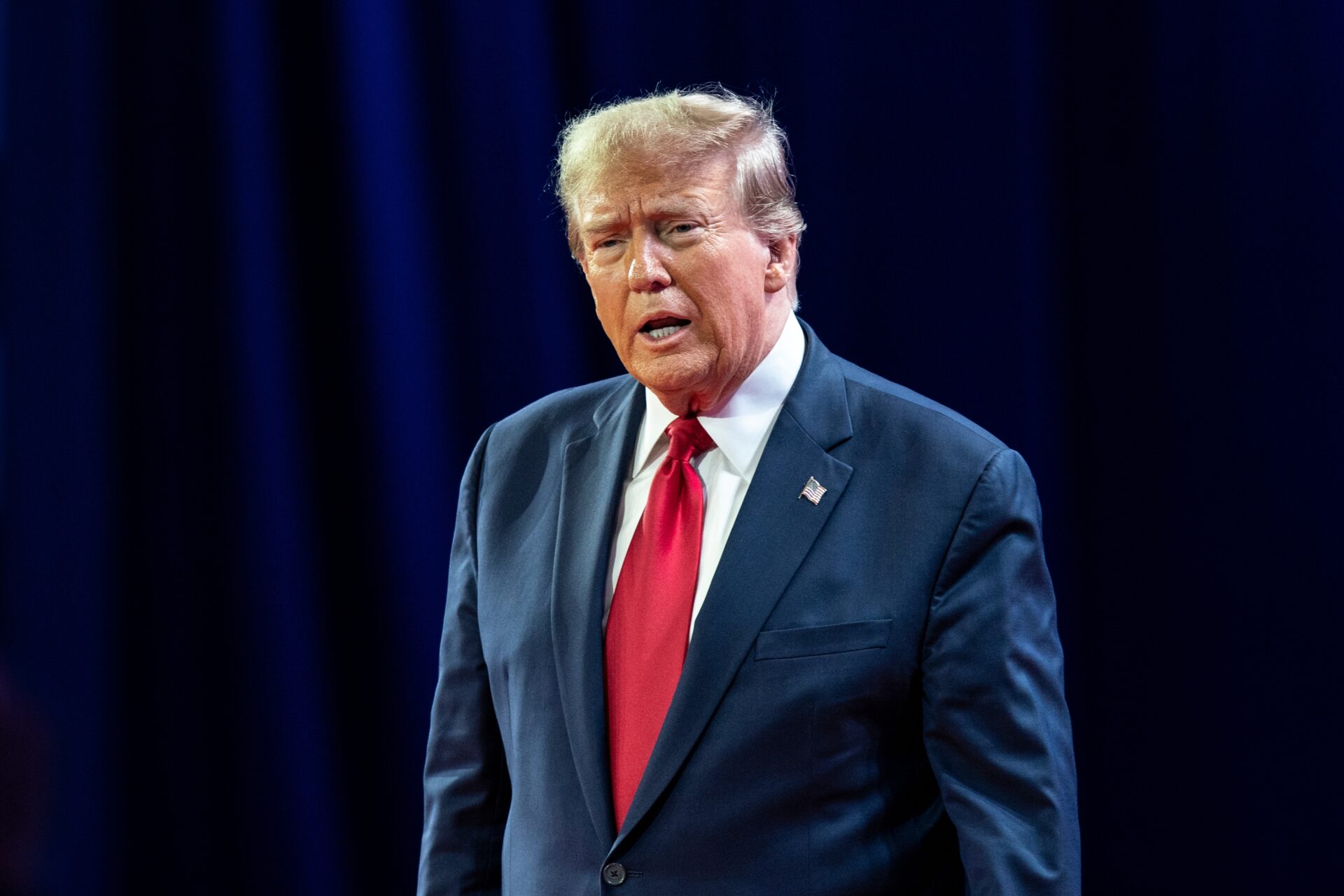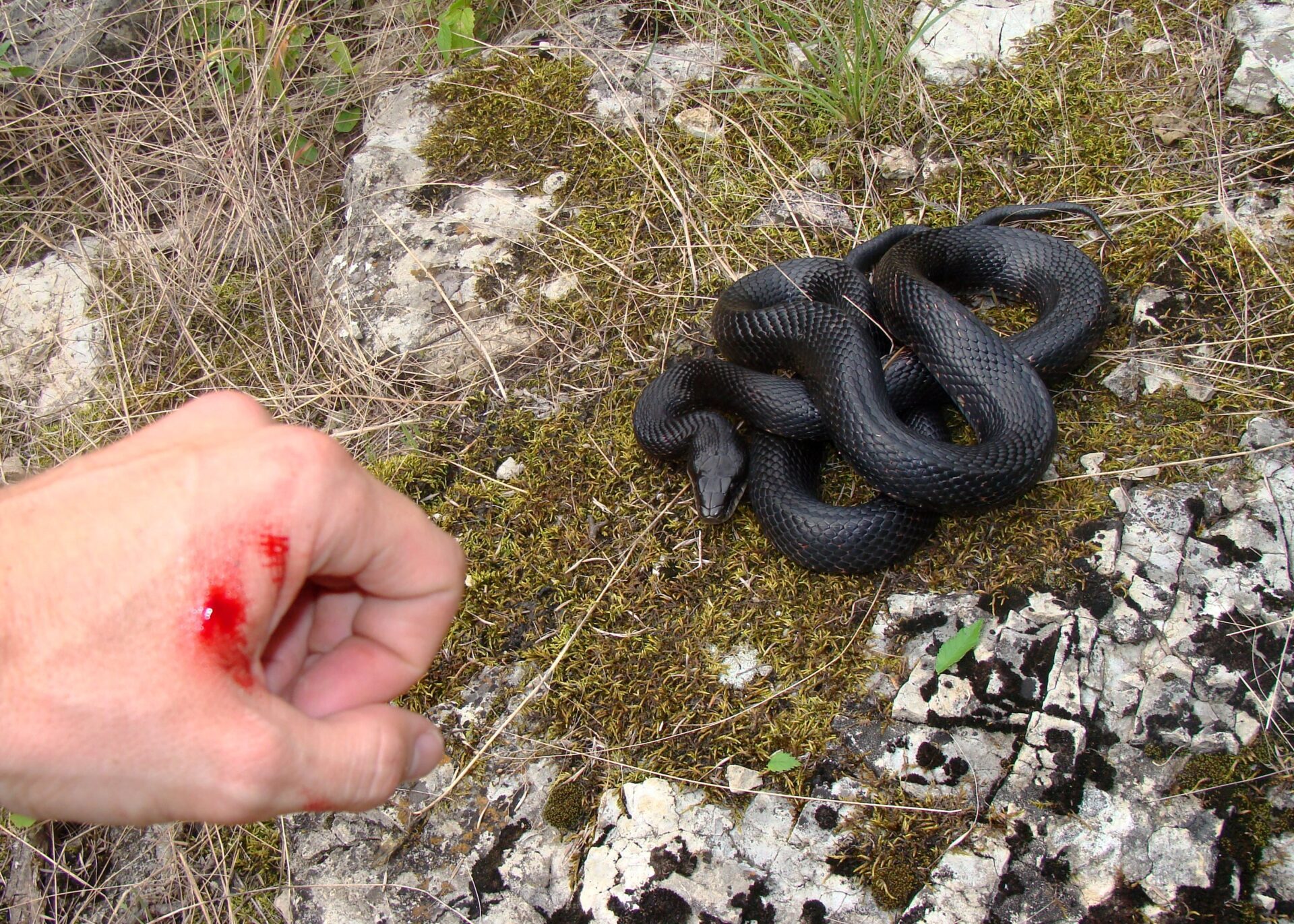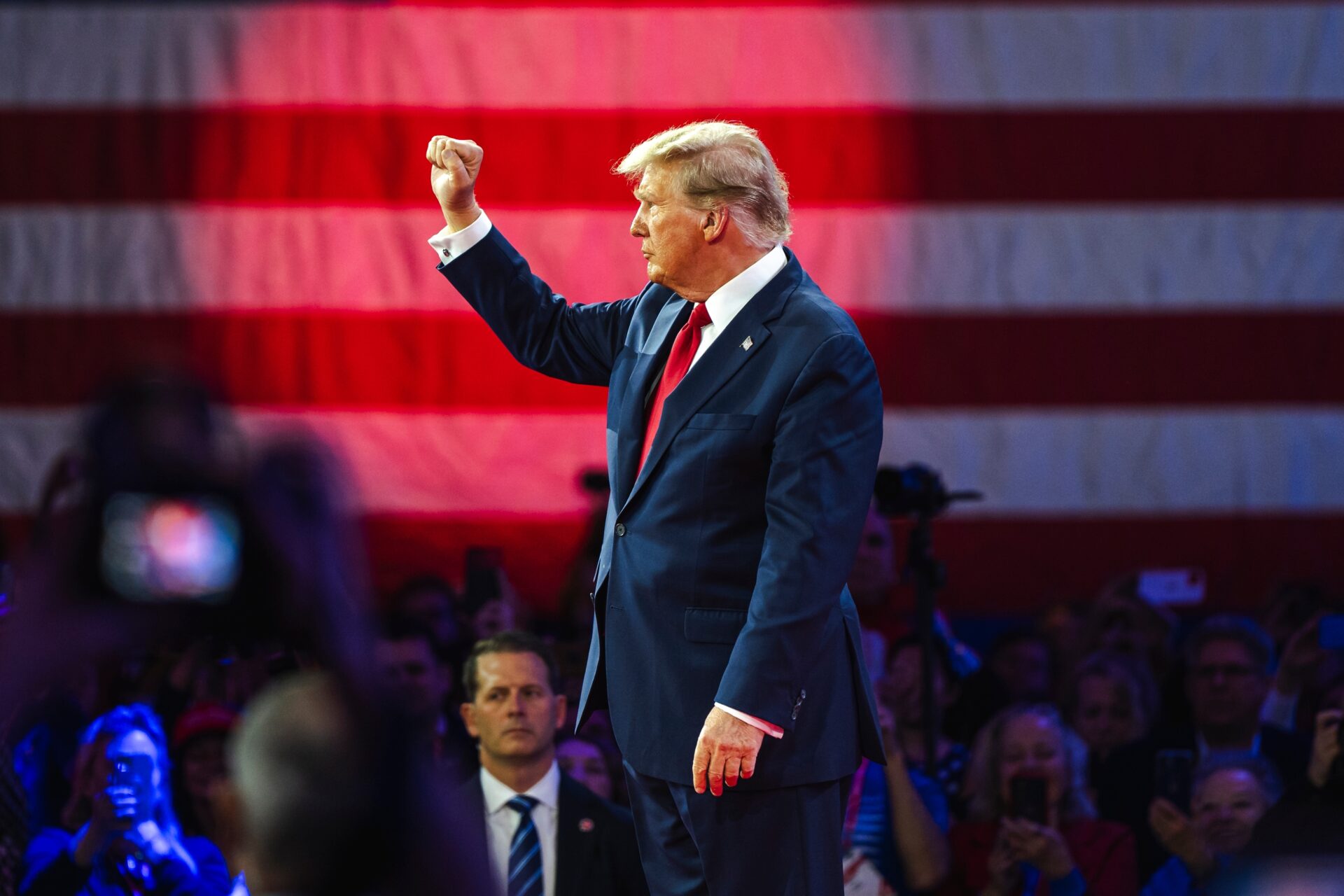The enduring conflict in Ukraine intensifies as nighttime drone strikes by Russia devastate Kharkiv, pushing the war into a haunting chapter.
At a Glance
- Russian drone attacks in Kharkiv killed at least two and injured 28.
- Reports of casualties in Kyiv and Odesa as Russian offensives escalate.
- A new sanctions package from the EU aims to cripple Russian financial resources.
- Prisoner exchange offers a brief humanitarian reprieve amid ongoing violence.
Escalating Conflict in Ukraine
Russia executed a substantial drone assault on Kharkiv, Ukraine’s second-largest city, resulting in significant civilian casualties and destruction. The operation saw four deaths and nearly 60 additional injuries. The scale of the attack underscored ongoing hostilities, with Moscow framing these actions as a reprisal for “terrorist attacks by the Kyiv regime.” Ukraine reported 17 strikes in two areas of Kharkiv, highlighting the increasing threat to civilian safety. Russian forces also targeted Kyiv and Odesa, affecting critical civilian sites.
Ukrainian President Volodymyr Zelensky condemned these Russian actions as unjustifiable, labeling them “pure terrorism.” “These acts made no military sense,” he stated, emphasizing a growing need for international pressure on Russia to cease its aggressive campaigns. Meanwhile, Russian infrastructure also came under attack from Ukrainian drone operations, reportedly damaging 40 Russian aircraft.
Sanctions and Economic Repercussions
The European Commission has rolled out its 18th sanctions package targeting Russian financial machinations. This move is an attempt to strike at Moscow’s military funding by reducing oil revenues and disrupting banking operations, a strategy aimed at further isolating Russia from global financial systems. “We need to cut this source of revenues,” said Ursula von der Leyen, calling for intensified pressure against Moscow. This package also includes plans to reduce the price cap on Russian oil to $45 a barrel, expanding sanctions to an additional 22 banks to cut them off from the Swift international payment system.
Despite these moves, tensions remain high with accusations from both Russia and Ukraine over delays and disagreements in prisoner exchange protocols agreed upon in recent peace talks. The release of Mariupol defenders marked a brief humanitarian success, yet rifts over compliance with exchange terms persist.
Outlook and Future Developments
Efforts to negotiate peace have faltered, with stalemates punctuated by recurring violence. This continued impasse underscores challenges in securing a durable ceasefire. The Russian occupation of approximately 20% of Ukrainian territory since February 2022 remains a critical issue. Diplomatic avenues are mired with complexities, as recent discussions highlighted a wide gap between the demands of Kyiv and Russian negotiators.
“Ukrainian President Volodymyr Zelensky said the strikes on Kharkiv made ‘no military sense’ and were ‘pure terrorism.’ He accused his Russian counterpart, Vladimir Putin, of ‘buying himself time to keep waging the war,’ and said ‘pressure must be applied’ to stop the attacks.” – sources report.
As the war rages on, both the global community and strategic policy makers continue to explore alternative measures that can bring an eventual halt to the conflict, a prospect still seemingly out of reach amidst current hostilities.







